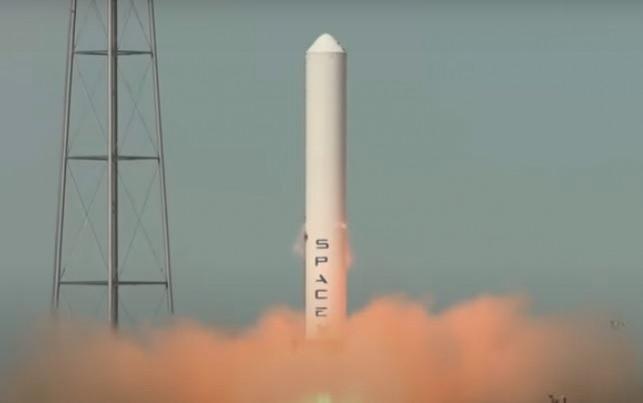A prototype of SpaceX's next generation heavy-lift rocket Starship SN9 exploded on landing after a high-altitude test flight of a Starship prototype from the launching site in Cameron County, Texas, Tuesday. However, the prototype, Starship serial number 9 (SN9), marked the completion of SpaceX's second high-altitude flight test, said the US private space firm.
This was the second test of a Starship prototype that failed in less than two months. Last time, the high-altitude flight test of Starship serial number 8 (SN8) failed in December. The SN9 was powered through ascent by three Raptor engines, each shutting down in sequence prior to the vehicle reaching apogee -- approximately 10 kilometres in altitude, said SpaceX.

In fact, SN9 successfully performed a propellant transition to the internal header tanks, which hold landing propellant, before reorienting itself for re-entry and a controlled aerodynamic descent. The Starship prototype descended under active aerodynamic control, accomplished by independent movement of two forward and two aft flaps on the vehicle, said SpaceX in a statement.
All four flaps are actuated by an onboard flight computer to control Starship's attitude during flight and enable precise landing at the intended location. During the landing flip maneuver, one of the Raptor engines did not relight and caused SN9 to land at high speed and experience an explosion, explained the space agency.
Most Powerful Launch Vehicle
Starship will be the world's most powerful launch vehicle ever developed, with a capacity of carrying more than 100 metric tonnes to Earth orbit. The project is Elon Musk's aerospace company SpaceX's ambitious spacecraft to take humans to the Red Planet.
The company has been working on prototypes to find the right design that will work for the transport, especially for the Mars mission. "These test flights are all about improving our understanding and development of a fully reusable transportation system designed to carry both crew and cargo on long-duration, interplanetary flights and help humanity return to the Moon, and travel to Mars and beyond," SpaceX said after the latest test flight.

















